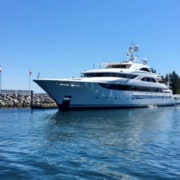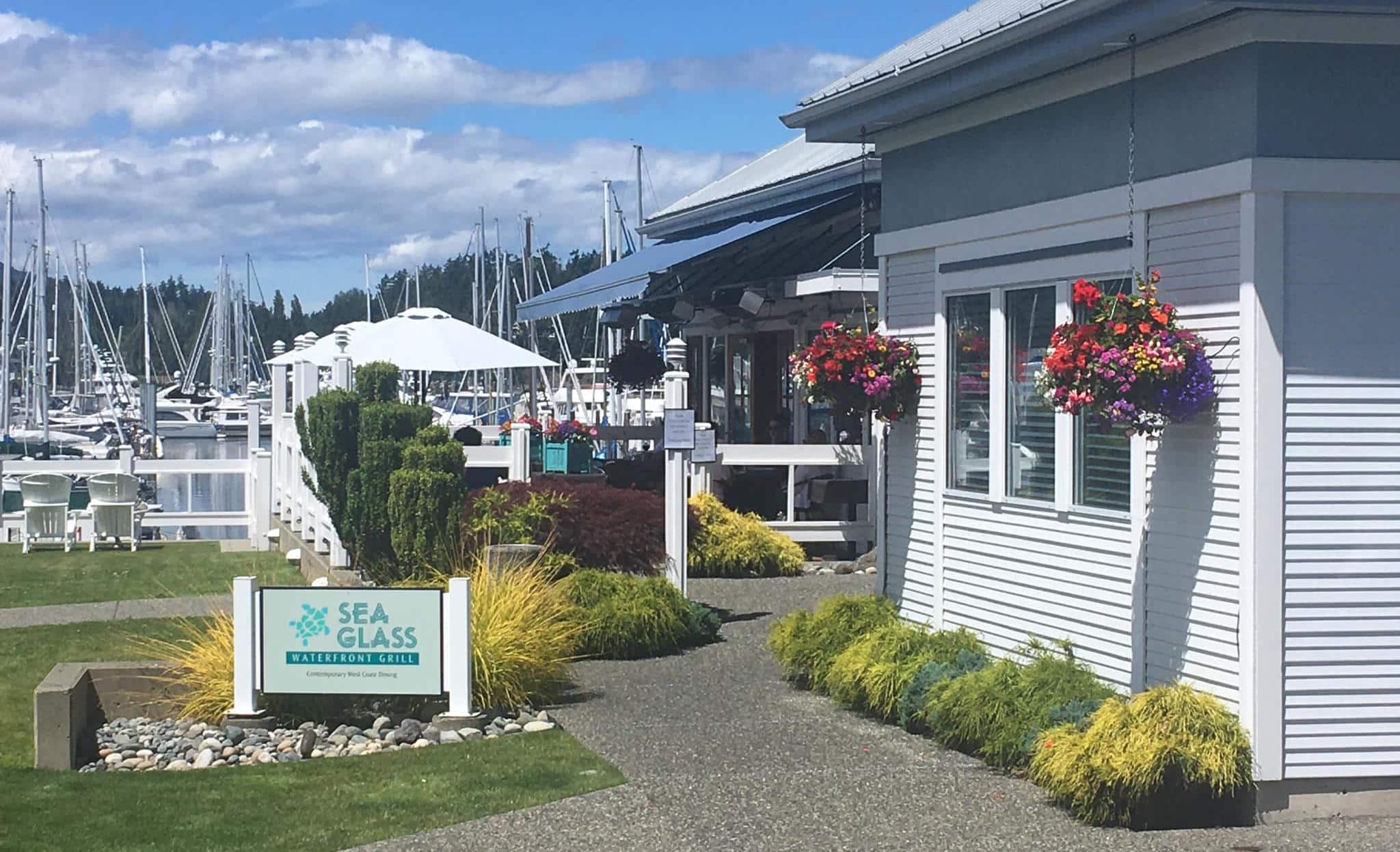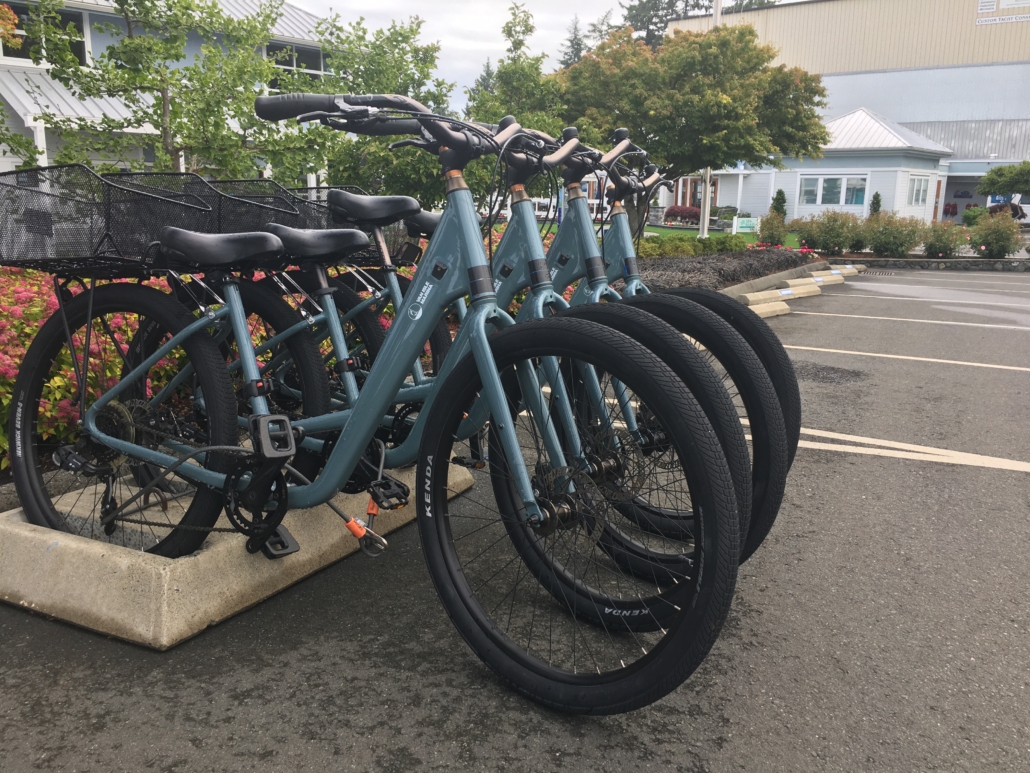6 Boat Trip Destinations Just South of the Border
For boaters living on the west coast of British Columbia, we’re blessed with stunning natural landscapes and an abundance of exciting destinations. Between the Gulf Islands, Vancouver Island, and the surrounding ports, there’s plenty to see.
But if you’re looking to expand your horizons, why not head south? Our southern neighbour of Washington state, has a lot in common with BC and will supply you with no shortage of adventure. The Washington State coastline is dotted with ports, along with islands, bays, and oceanside parks.
In this article, we’re going to share 6 boat trip destination ideas for boaters ready to head down south. If you’re looking for a new boat that can handle multi-day trips while providing a high level of reliability and comfort, be sure to check out Van Isle Marina’s current boats for sale.
1. San Juan Island
San Juan Island is the most populous of the San Juan Islands group and makes for a terrific weekend getaway. The name comes from the expeditions in the 1700s, and today there are a couple of thousand people living on the island.
Friday Harbor, located on the east side of the island, is the single incorporated city on the island and has a bustling tourism economy. Here, there are plenty of places to park your boat. There’s also the San Juan Islands Museum of Art, The Whale Museum, San Juan Island Brewing, South Beach, and several coffee shops and restaurants.
Outside Friday Harbor, the island is filled with parkland. There are several nature preserves, beaches (notably Fourth of July Beach), state parks, and hiking trails. If you head north, you’ll find Roche Harbor, which is an excellent place to park your boat, stay at the resort, and explore the surrounding nature.
2. Port Townsend
Located on the Quimper Peninsula in Jefferson County, Port Townsend is a city of about 10,000. As a US National Historic District, Port Townsend is a great place to explore the leftover Victorian-era shops, homes, and architecture while shopping around and enjoying the city.
The Carnegie Library – which is over 100 years old – is a must-see, plus the Port Townsend Aero Museum, the Northwest Maritime Center, and Fort Worden State Park. After you’ve seen the sights, be sure to check out the city’s selection of restaurants, brewpubs, and coffee shops.
Port Townsend is the place to be for annual festivals and cultural events, like the Port Townsend Wooden Boat Festival, the Rhododendron Festival, and the Jazz & Blues Festival. Boating is a big part of the culture and the art in Port Townsend, which means there’s always a regatta, race, or boating event going on.
3. Camano Island
Nestled between Whidbey Island and mainland Washington State, Camano Island is one of the largest and quieter islands in the state. The sits in what’s known as Possession Sound (a part of Puget Sound), with Skagit Bay located to the north.
Camano is a popular summer destination for nearby residents who want to slow down and enjoy the beautiful surroundings. And while Camano Island isn’t the same tourist hub as others in this article, there’s still a lot to see and do over the course of a weekend. On the west side of the island, you’ll find the only two state parks, Camano Island State Park and Cama Beach State Park, which have cabins, hiking trails, and campgrounds. You also can’t miss the Matzke Fine Art Gallery and Sculpture Park, a zipline park, and Edward Lynne Cellars winery.
4. Whidbey Island
Whidbey Island is a large island in Puget Sound just north of Seattle. On this rugged island, you’ll find everything from beaches to farmland to quaint shopping centres. Whidbey Island is also well known as an artists’ hub, with no shortage of potters, painters, writers, and sculptors making a living here.
On the northern end of the island, you’ll find Deception Pass State Park with its stunning clifftop views and trail network. On the south end, there’s Fort Casey Historical State Park, complete with a lighthouse and gun battery. The middle of the island is home to Price Sculpture Forest, Fort Ebey State Park, and Crockett Lake.
If you’re looking for things to do in town, Whidbey Island has a few coastal towns that are fully stocked with cute shops, restaurants, art galleries, and coffee shops.
5. Anacortes
Anacortes is a coastal city in Washington State that is found just north of Whidbey Island and just east of the San Juan Island network. There are roughly 17,000 residents in Anacortes, which got its name from Anne Curtis Bowman, the wife of an early settler.
Anacortes is a popular destination for boaters and boat enthusiasts. The town has a booming pleasure craft construction industry, plus, Anacortes is a popular departure to visit the San Juan Islands, as tourists flock from all over with hopes of spotting an orca whale.
Besides orca watching, there’s plenty to do in Anacortes. The Anacortes Forest Commons has roughly 80 km of hiking and biking trails, and there are popular cliff climbing routes near Mount Erie Park.
6. Sequim Bay/Sequim
Sequim Bay is located on the Olympic Peninsula and the Strait of Juan de Fuca, which is accessible from Victoria. The over 3km long bay is peaceful and beautiful, surrounded by nature on both sides. On the west side of the bay, you’ll find Sequim Bay State Park, complete with a year-round campground, hiking trails, and sports fields.
If you want to dock and explore a bit, Sequim is the largest town in the area with roughly 8,000 residents. With the nickname of ‘Sunny Sequim’, thanks to the annual average rainfall of Los Angeles, Sequim is an excellent town to explore any month of the year. The area is also known for the abundance of Dungeness crab, so make sure to find some local restaurants!
Looking for a new boat to explore Washington State and the surrounding islands? Check out Van Isle Marina’s current selection of new and used boats for sale and reach out if you have any questions. Also, feel free to drop by our marina in Sidney to view our selection, browse our facilities, and dine in our West Coast Waterfront Grill.






